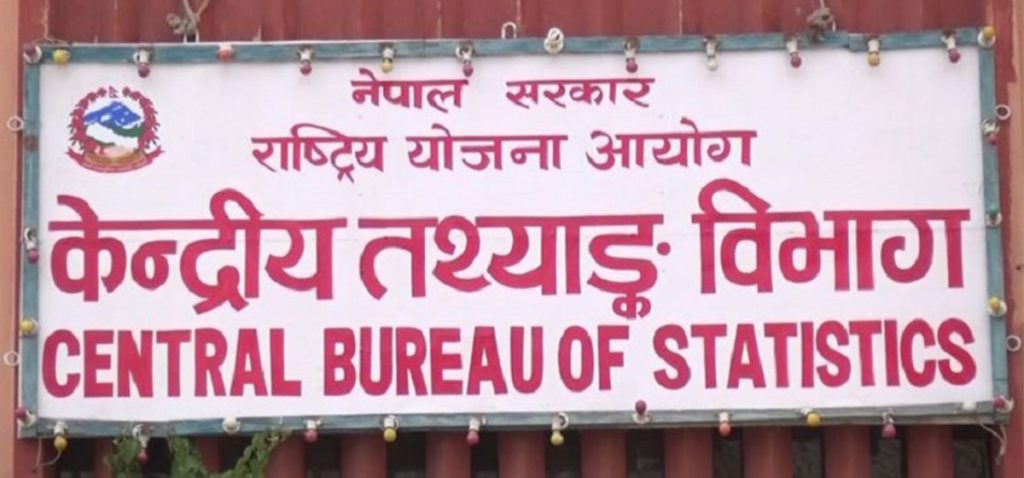KATHMANDU: The National Statistics Office (NSO) unveiled the detailed report of the Fourth Nepal Living Standards Survey (NLSS-IV) on Thursday, shedding light on the country’s key socioeconomic and health indicators.
One of the most concerning findings of the report is the rise in non-communicable diseases (NCDs) among the Nepali population. According to the NLSS-IV, 18.5 percent of people are now suffering from NCDs, a significant increase from 11.7 percent reported in the Third Nepal Living Standards Survey (NLSS-III). Specifically, the survey highlights that 19.8 percent of Nepalis are affected by blood pressure-related illnesses, 14.7 percent by stomach-related illnesses, 9.3 percent by diabetes, and 8.6 percent by respiratory illnesses.
In addition to NCDs, the report also indicates a growing trend in infectious diseases. The percentage of Nepalis suffering from infectious diseases has risen to 24.9 percent, up from 20 percent in the previous survey.
The survey provides insights into employment patterns as well. It reveals that 6.4 percent of Nepalis are employed on a contract basis, 28.7 percent on a monthly basis, and the majority, 64.9 percent, are employed on a daily wage basis.
The NLSS-IV also offers a glimpse into the average expenditure of a Nepali citizen. On average, a Nepali spends Rs 72,908 annually to meet basic needs, with Rs 35,029 of this amount allocated for foodstuffs.
These findings highlight the evolving health challenges and employment dynamics in Nepal, underscoring the need for targeted interventions to address these issues.

